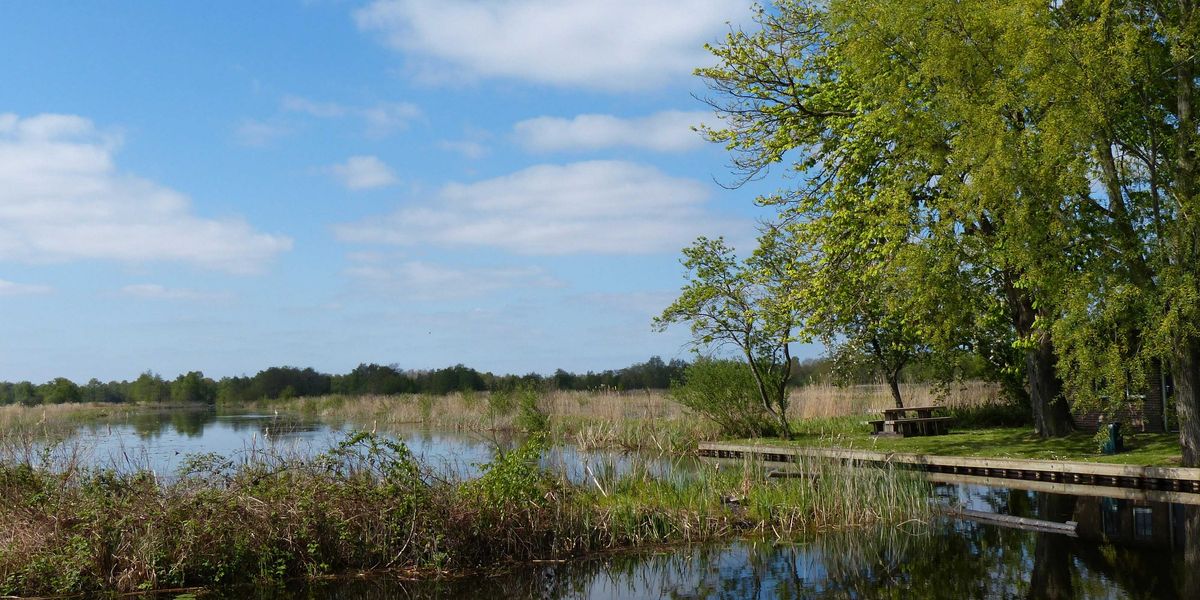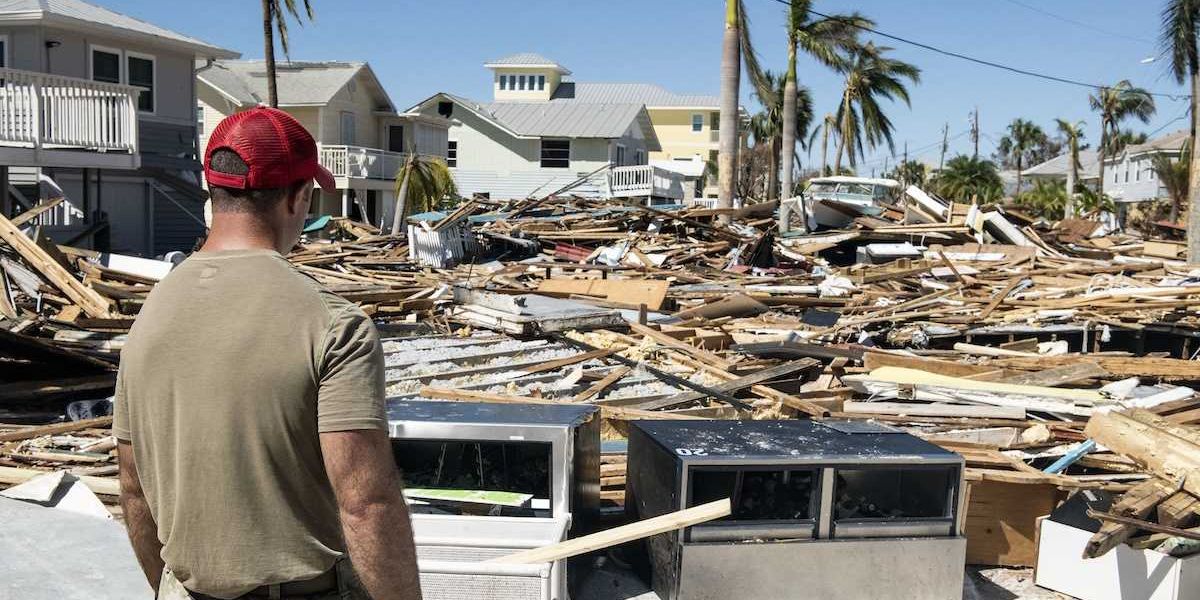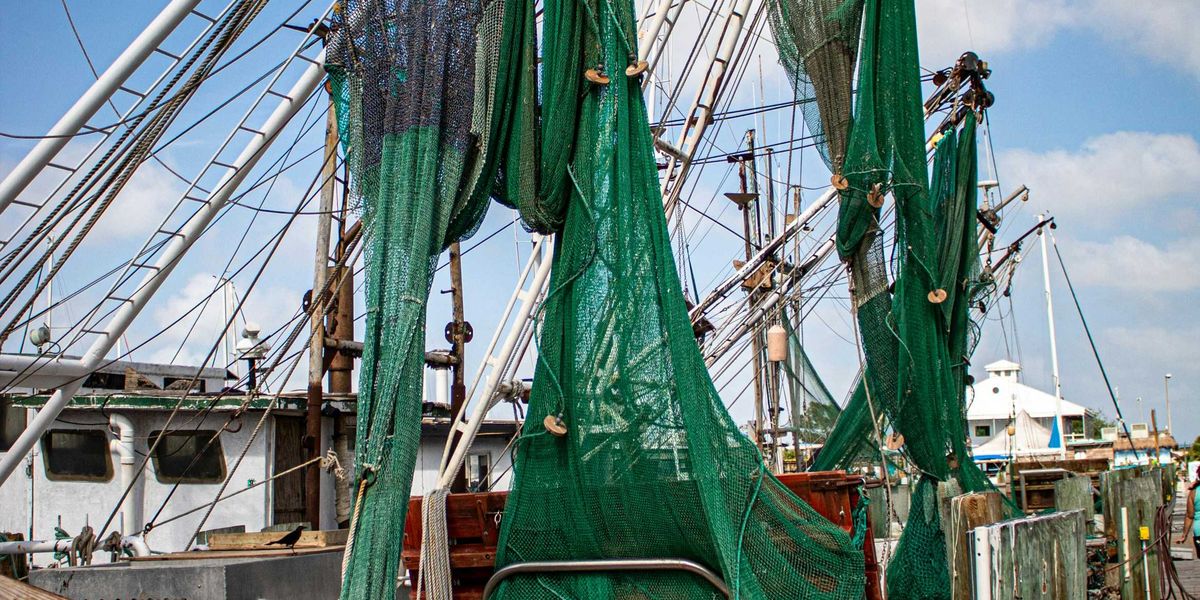Antarctic ice shrinks to historic lows for third consecutive year
Antarctica's sea ice coverage has plummeted to unprecedented levels, marking a concerning trend in climate change.
Graham Readfearn reports for the Guardian.
In short:
- For the third consecutive year, Antarctic sea ice has fallen below 2 million square kilometers, a threshold not seen since satellite tracking began in 1979.
- This decline is seen as evidence of a significant shift in the region's climate, with scientists citing an "abrupt critical transition" in sea ice behavior.
- The changes in sea ice extent could have far-reaching impacts on Antarctica's ecosystem and global sea levels.
Key quote:
"But we’re confident the three lowest years on record will be the last three years,"
— Will Hobbs, sea ice scientist, University of Tasmania
Why this matters:
The continuous decline of Antarctic sea ice is an indicator of accelerating climate change, impacting global sea levels and ecosystems. This trend underscores the urgent need for enhanced climate research and policy action, particularly concerning our planet's most sensitive and vital regions.
The eastern Antarctic Wilkes Basin ice sheet seems to have receded during a warming event about 400,000 years ago—such a loss could add an additional 13 feet to sea level rise in the future.













